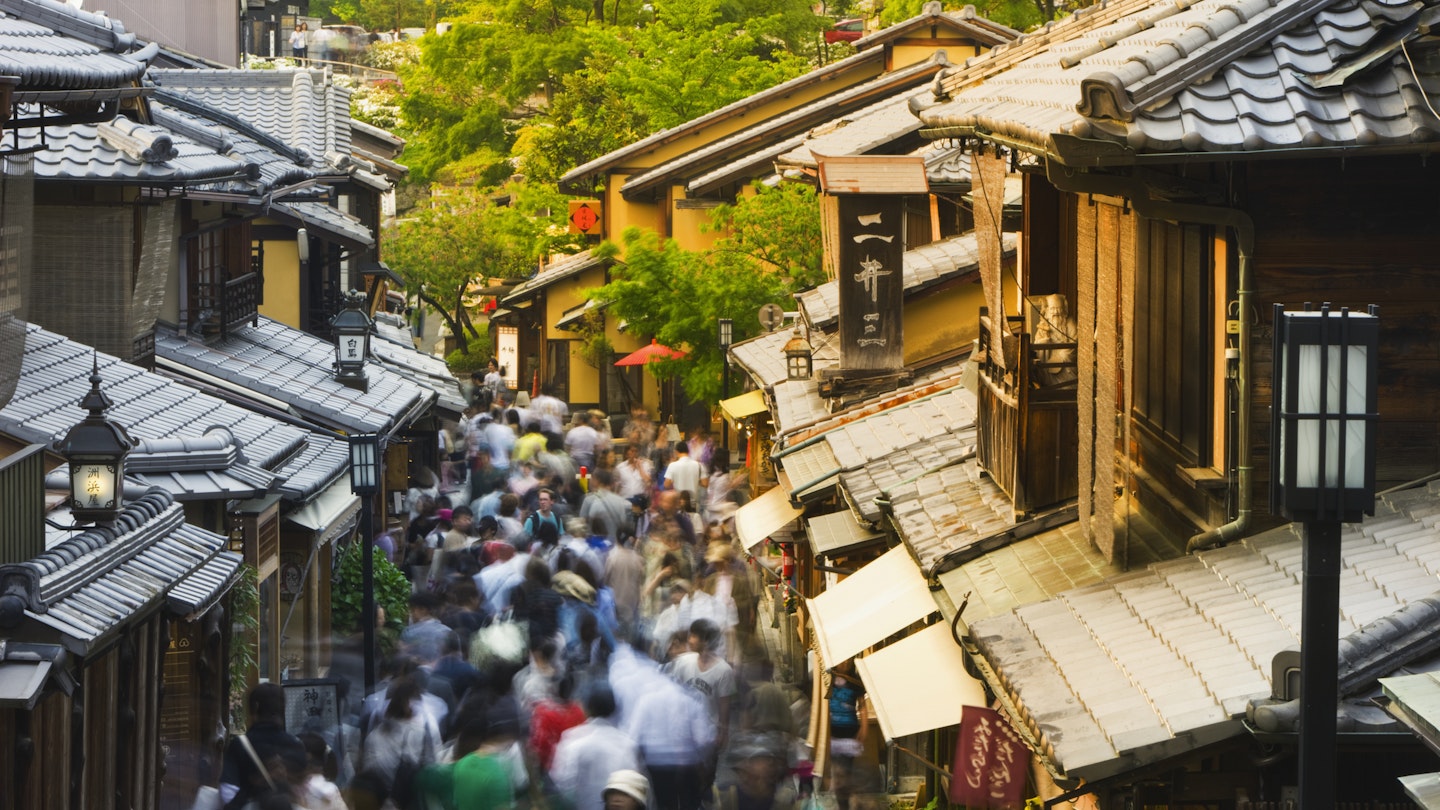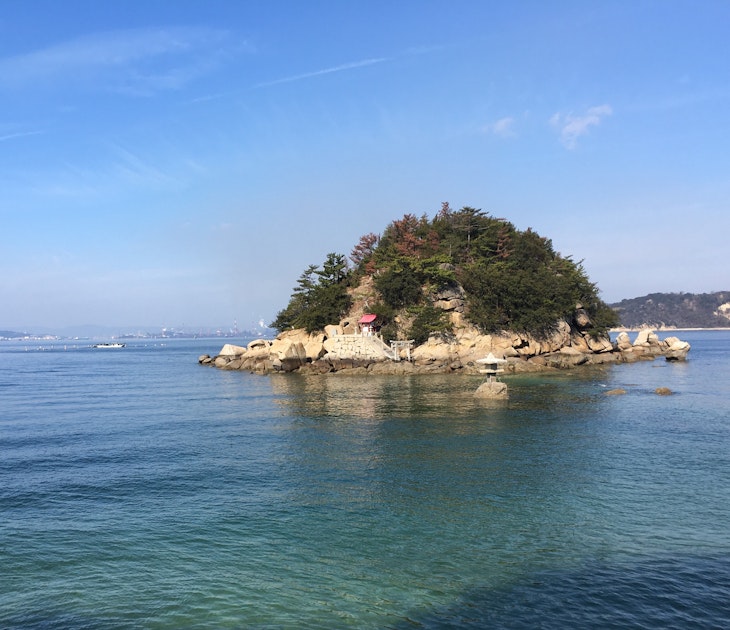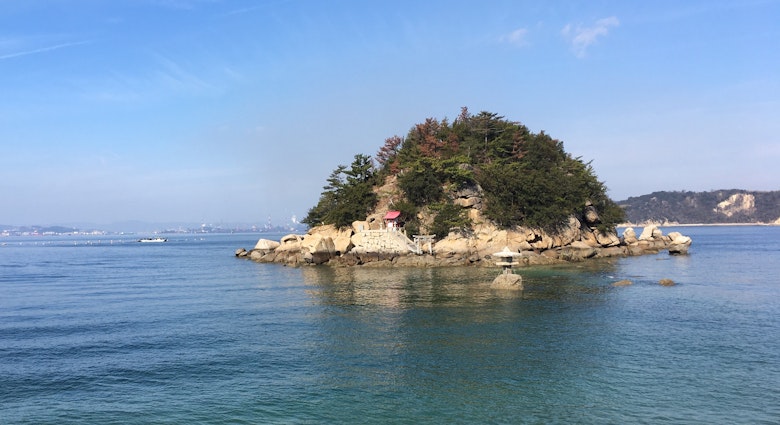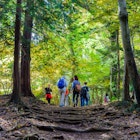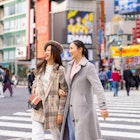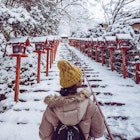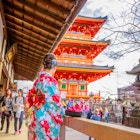Japan is set to limit visitors at some popular attractions so that sites don't suffer from overtourism. Here's what you need to know.
Japan’s enduring popularity for overseas visitors is bringing consequences as the country seeks to balance the benefits of tourism and the impact on the areas visited, particularly at iconic destinations.
Recently, tourists have been banned from certain private streets in Kyoto’s famous historic Gion district, traditionally home to the teahouses where geisha (geiko) and maiko (apprentice geiko) performers work, largely due to antisocial behaviour. Unruly tourists have even been blamed for harassing geisha, with the Japan Times reporting that one had her kimono torn and another had a cigarette butt put in her collar.
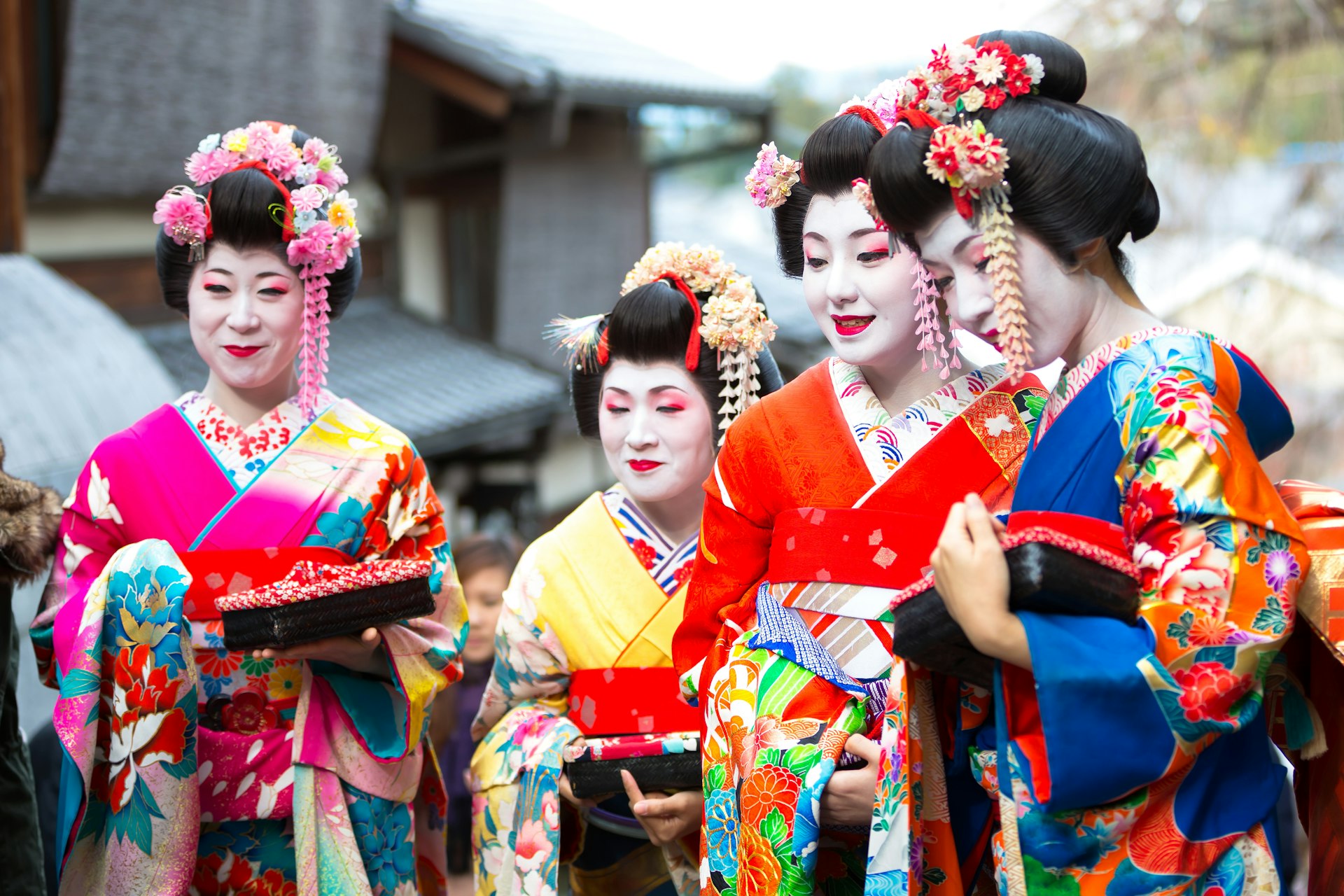
What new policies are being considered?
New fees and restrictions have already been introduced on climbing specific trails up Mt Fuji, in order to combat overcrowding, reduce the environmental impact — including cleaning up all the trash that results from so many people on the mountain — and improve safety for everyone doing the climb.
Kyoto is considering special tourist express bus routes, that will whisk visitors to the city’s most iconic sites in order to reduce overcrowding and improve efficiency on regular local buses, as well as to make what can be a complicated system easier for travelers.
Higher pricing for tourists is also being considered, having largely been absent in Japan, where many of the most famous cultural attractions are surprisingly inexpensive to enter. For example, Kyoto's famous golden temple Kinkaku-ji costs ¥400 for adults, which is about US$2.50. Changing this would be controversial, and it seems more likely that there would be increases in tourist taxes in order to fund services for visitors.
What are tourist taxes used for?
Local tourist taxes, usually collected as an extra on top of payment for your hotel, are common across many parts of the world, although these are relatively low in Japan compared with, say, destinations in the US like Honolulu and San Francisco.
These aim to fund some of the local costs associated with visitors: Kyoto’s is on a sliding scale based on the price of your hotel room, from ¥200–1000 a night (about US$1–7). The city of Hatsukaichi, home to the UNESCO-listed Itsukushima-jinja, often known as Miyajima and famous for its torii gate standing in the water off the island, recently implemented a ¥100 (about US$0.60) fee to fund the preservation and management of the site.
Japan already has a ¥1000 (about US$7) tourist departure tax that you may have never noticed as part of your plane fare.
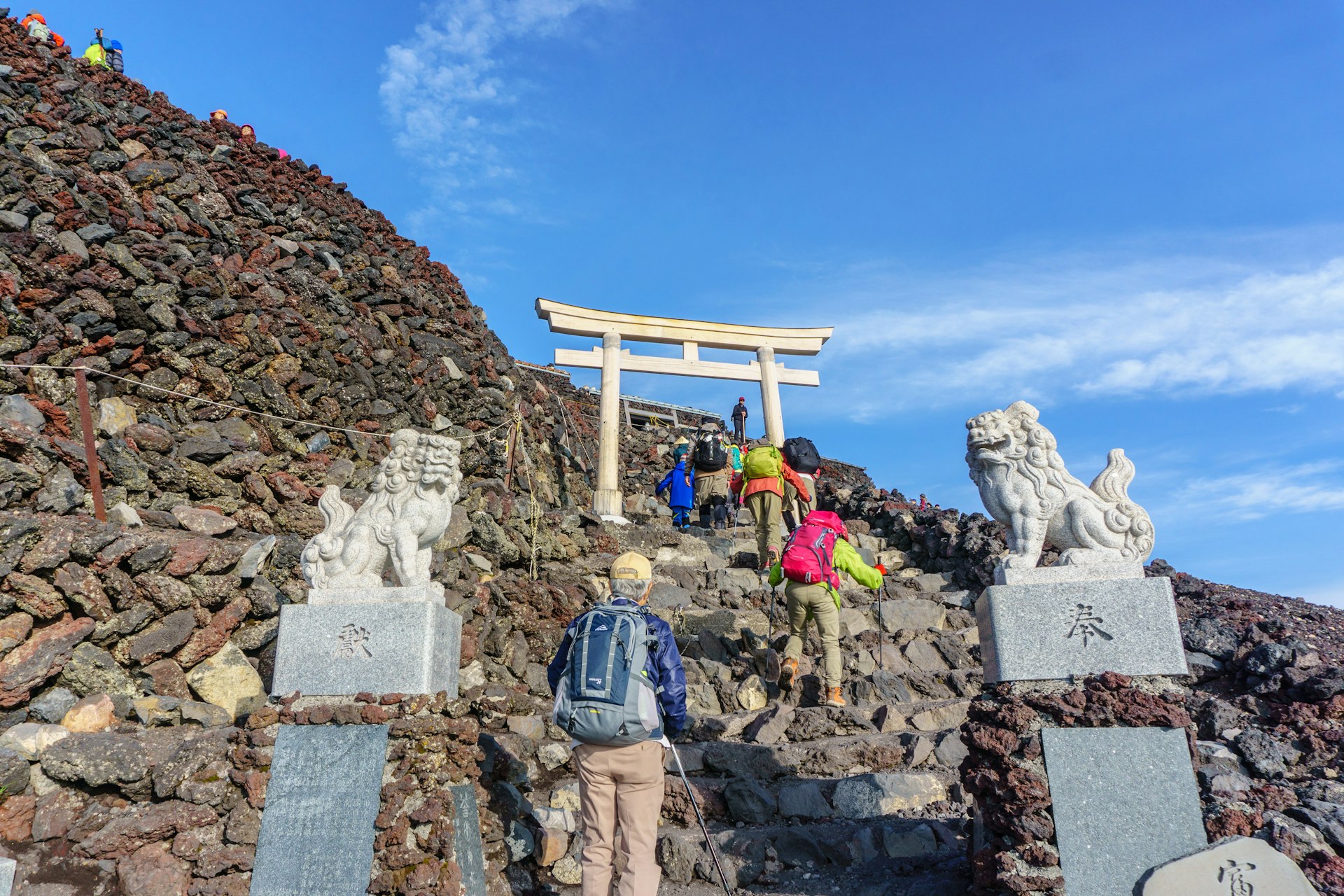
How is Japan likely to manage the problems of overtourism?
It seems unlikely that Japan will curtail its overall number of visitors because of overtourism. More likely, we’ll see more examples of capacity restrictions in specific places, like on Mt Fuji, where a certain number of people per day are allowed in.
This already happens in some cases in Japan: the famous Ghibli Museum in Tokyo and the new Ghibli Park in Nagoya both have a ticket maximum to maintain the quality of experience and to avoid overcrowding — the price for the former is just ¥1000 or about US$6.50, so it really is about capacity.
Some trains — specifically the fastest Nozomi and Mizuho Shinkansen between points west of Tokyo — are not included as part of the Japan Rail Pass, even though the slightly slower trains like the Hikari are. There’s only a few minutes' difference in terms of travel time, but at peak times there can be a half-dozen of the faster trains for every one of the slower ones. This is done for a variety of reasons, including that the clockwork-like efficiency of the shinkansen’s busiest section leaves only the briefest times for passengers to get on and off the train, and confused tourists (often carting large luggage with them) have been known to disrupt operations. Overseas visitors are therefore concentrated into the slightly slower Hikari and much slower Kodama services instead.
A more recent change is the 2020 introduction of the “Baggage 160” system, where travelers must reserve a space for larger pieces of luggage (over 160cm/63in in combined height, width and depth) on more popular bullet train lines or pay a carry-on fee. The change largely stemmed from the complications of visitors bringing large pieces of luggage onto trains that were not designed with large luggage storage. Japanese travelers tend not to bring large suitcases with them on trains, instead shipping them ahead to their destination via the excellent and inexpensive set of luggage delivery services like Yamato Transport, known as kuroneko (black cat) after its ubiquitous logo of a black cat carrying a kitten in its mouth.

How will this impact on group tours?
Keep an eye out for capacity management caps or even outright bans to potentially affect group tours first. These can be very unpopular with local people, and indeed with other visitors.
A tour bus full of visitors descending all at once can change the character of a place instantly, and that’s certainly the case in a lot of the most famous Kyoto temples and shrines like Kinkaju-ji, Ryōan-ji or Kiyomizu-dera. These groups often have a reputation for behaving disrespectfully, like talking loudly in places where quiet is expected, not following rules, and getting in the way of local people and more respectful travelers.
You’re unlikely to be affected as an independent traveler, and a smart tactic is to visit at times when these groups are either still making their way from their hotels, have been packed off for lunch, or are heading back at the end of the day — and to plan to explore the less-traveled corners of this fascinating country.

